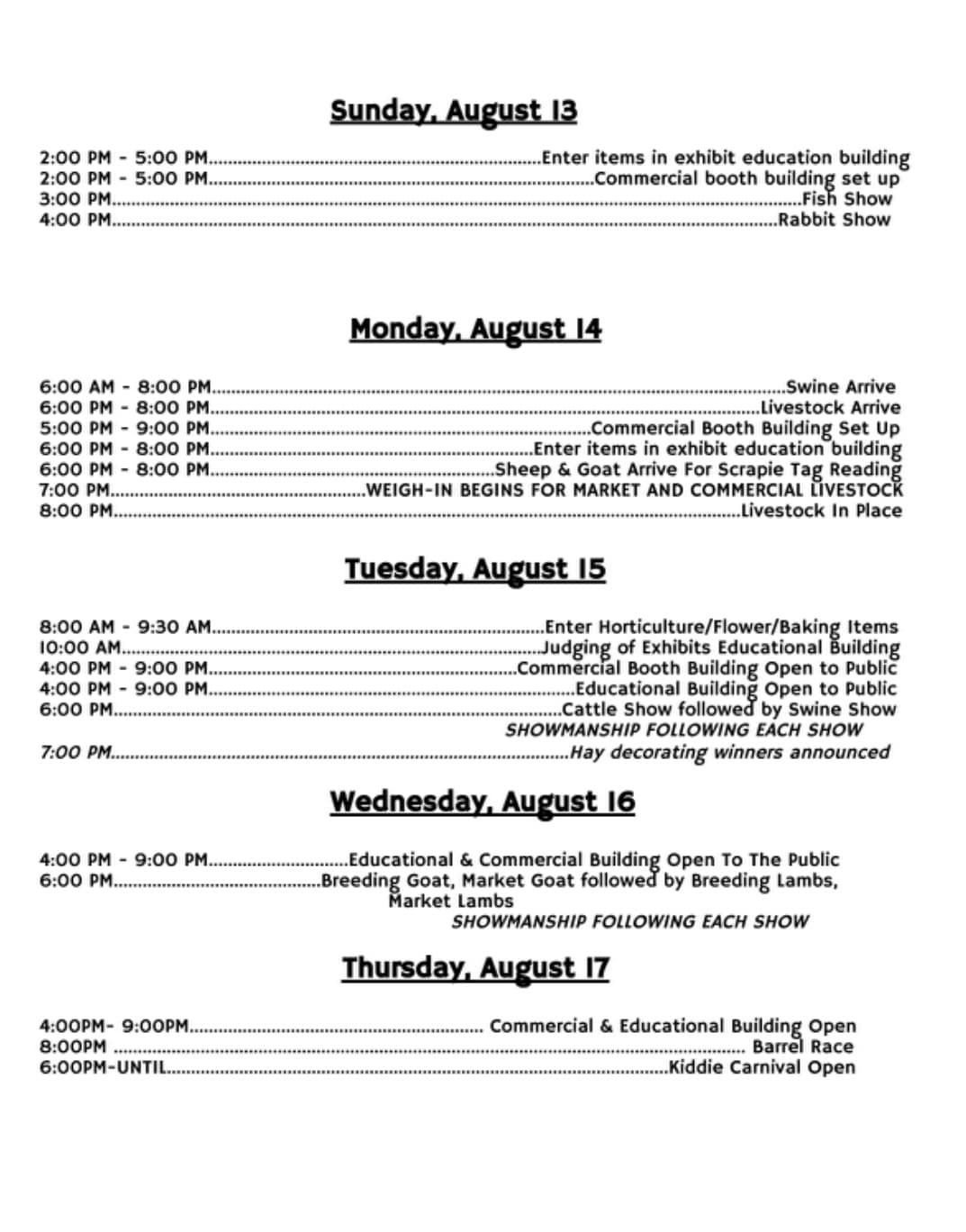Christine Sasse, registered dietician and extension nutrition specialist for the University of Arkansas System Division of Agriculture, said food should be both attractive and nutritious for children — a combination that can be hard to achieve during the morning rush.
“Mornings are crazy, especially when you have children,” Sasse said. “A little forethought can help parents plan lunches that include foods with a variety of flavors, textures and colors that make the meal look appetizing to a child — in addition to nourishing them. When parents are forced to throw together a lunch in 30 seconds before running out the door, it’s harder to achieve that kind of variety.”
Planning lunch components can look like chopping up carrots and broccoli and preparing a simple dip for them or cooking a large enough dinner to pack up leftovers for lunch. Sasse said she encourages parents to think outside the box.
“School lunch doesn’t have to be the traditional sandwich, chips and a cookie,” she said. “It’s anything that I might bring for lunch that we consider healthy.”
To keep lunch interesting, change up the offerings. “Consider sitting down with your child and making a list of items they would like to include in lunches from every food group, including a protein food, a whole grain, a vegetable, and a fruit with every lunch, if possible.”
It’s also important for parents to keep food safety in mind. “Cold foods need to stay cold, and hot foods need to stay hot,” Sasse said.
Josh Phelps, extension associate professor of nutrition for the Division of Agriculture, said insulated lunch boxes and reusable ice blocks can help keep food cold until lunch time, while hot foods can be heated up at home and contained in a thermos.
Tips for parents of picky eaters
Sasse said a key to packing lunches for picky eaters is ensuring at least one item in the lunch box is something the child will eat.
“If they open that lunch box and it’s a whole bunch of stuff they don’t like, that’s just anxiety inducing, and it tends to make them pull back even more,” Sasse said. “But if they always know there’s going to be something in there that they eat, then they’ll feel a bit more comfortable.”
The more a child is exposed to different foods, the more it helps. “Expose them to food in a non-threatening way, where they’re not being forced, begged or bribed to eat it,” Sasse said. “If your child doesn’t like broccoli, try it in different forms with different additions, and only put in the tiniest little bit so the child sees it, has the opportunity, but isn’t overwhelmed by a large portion.”
Provide the child with some choice of what goes into the lunch box. By giving the child a limited choice — “Tomorrow, would you like apples or bananas?” — the child still has agency, but “you’ve limited it to things you’re comfortable with as a healthy item,” Sasse said.
Discuss food choices and future options. “If the child is coming back with a lot of food every day, don’t make the child feel bad, or reprimand the child for not eating it,” Sasse said. “You can say, ‘Oh, I see you didn’t eat that yogurt. What are you seeing your other friends do with yogurt that you might want to try one day?’ Always keep that idea open, as it helps the child feel open to it too.”
Sasse also said that if children aren’t eating as much as expected during lunch, parents should also remember that school lunch time is short, sometimes as brief as 20 minutes of actual sit-down time.
“Lunch time is also a time for socializing, so it can be difficult for slow eaters to finish all that they’ve been given,” Sasse said. “Keep in mind that servings for children are small. For example, a mere quarter of a cup of fruit is considered a fruit serving for a kindergartener. Expecting your child to eat a full sandwich might not be realistic.”
Sasse said parents should also consider the lunches provided by children’s schools. “Depending on the district you’re in, some schools have some really exciting things going on with fruits, veggies and farm-to-school meals,” she said. “Don’t rule that out.”
Model healthy eating habits
Sasse said it’s important for parents to cut themselves some slack when it comes to feeding their families.
“We can’t always expect perfection. Sometimes just ‘better’ is what we can do as parents,” Sasse said. “Maybe one night you’re having something that’s not ideal, and you’re opening cans of veggies and having some leftover chicken with it that you warm up in the microwave. That’s a lot better than fast food for supper.”
Making dishes that involve less prep and clean up time — such as casseroles and one skillet meals — can help lighten the load. “It doesn’t have to be complex,” Phelps said.
“See what you have, map out your meals, and pull stuff from the fridge and freezer that you currently have,” Phelps said. “You can get the children involved and say, ‘Pick something out of the pantry that you want to throw into this dish.’ It could be a mixture of rice and beans and vegetables from the freezer. That can be quick and easy, and you can experiment with spices and herbs.”
With all meals and conversations surrounding food, parents should try to model healthy eating habits for their children. This includes the way parents talk about their own relationships with food, such as labeling some foods as good and others as bad.
“Watch your language with how you talk about food, especially if you struggle with your weight,” Sasse said. “Be very careful how you talk about that with your child. Food is something that should be enjoyed and nourishing and delicious, and not something that’s shameful or stressful or is completely focused on weight.”
No more clean plate club
Phelps said parents should avoid the “clean plate club,” or pressuring children to finish all their food. Consider portion size and the fact that children have small stomachs, as well as the ultimate goal: developing a healthy eater for life.
“You want children to eat enough that they’re not stuffed, you want them to stop eating when they’re full, and you want them to get hungry before they eat again so they get that sense of hunger, fullness, and listening to their bodies instead of external cues,” Sasse said. “Trying to maintain that through childhood can go a long way to being a healthier eater as an adult.”
For more information about healthy eating and family meal planning, visit the Cooperative Extension Service’s Food and Nutrition page, or check out these Family and Consumer Sciences blogs:
After School Snacks Shouldn’t Mean Filling Up with Empty Calories
6 Tips for Packing Grade “A” Lunches
To learn about extension programs in Arkansas, contact your local Cooperative Extension Service agent or visit www.uaex.uada.edu. Follow us on Twitter and Instagram at @AR_Extension. To learn more about Division of Agriculture research, visit the Arkansas Agricultural Experiment Station website: https://aaes.uada.edu. Follow on Twitter at @ArkAgResearch. To learn more about the Division of Agriculture, visit https://uada.edu/. Follow us on Twitter at @AgInArk.


























